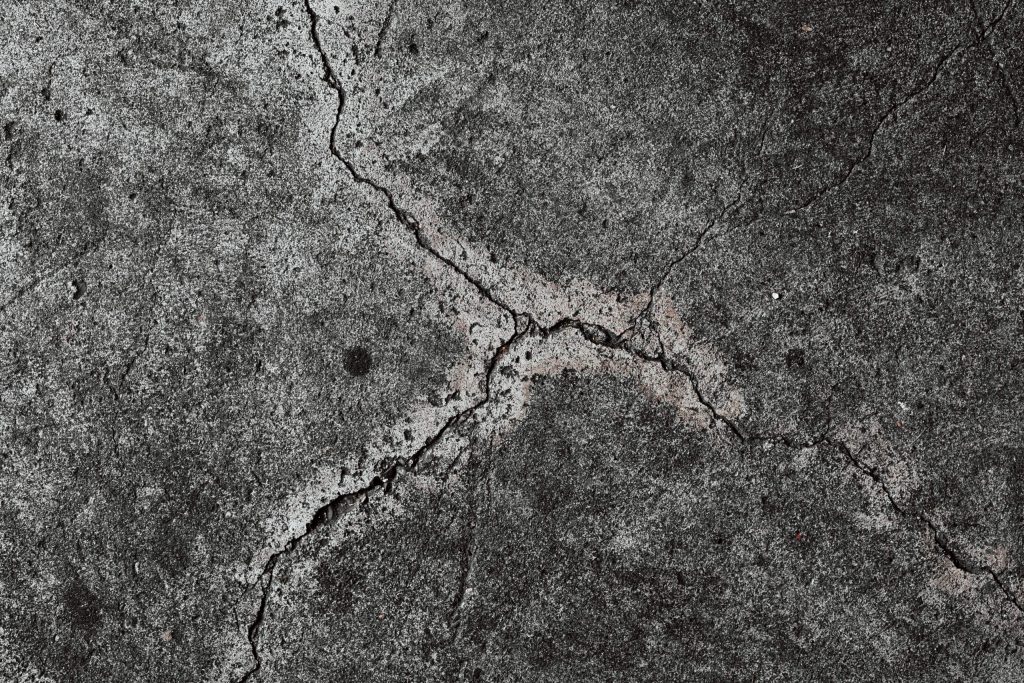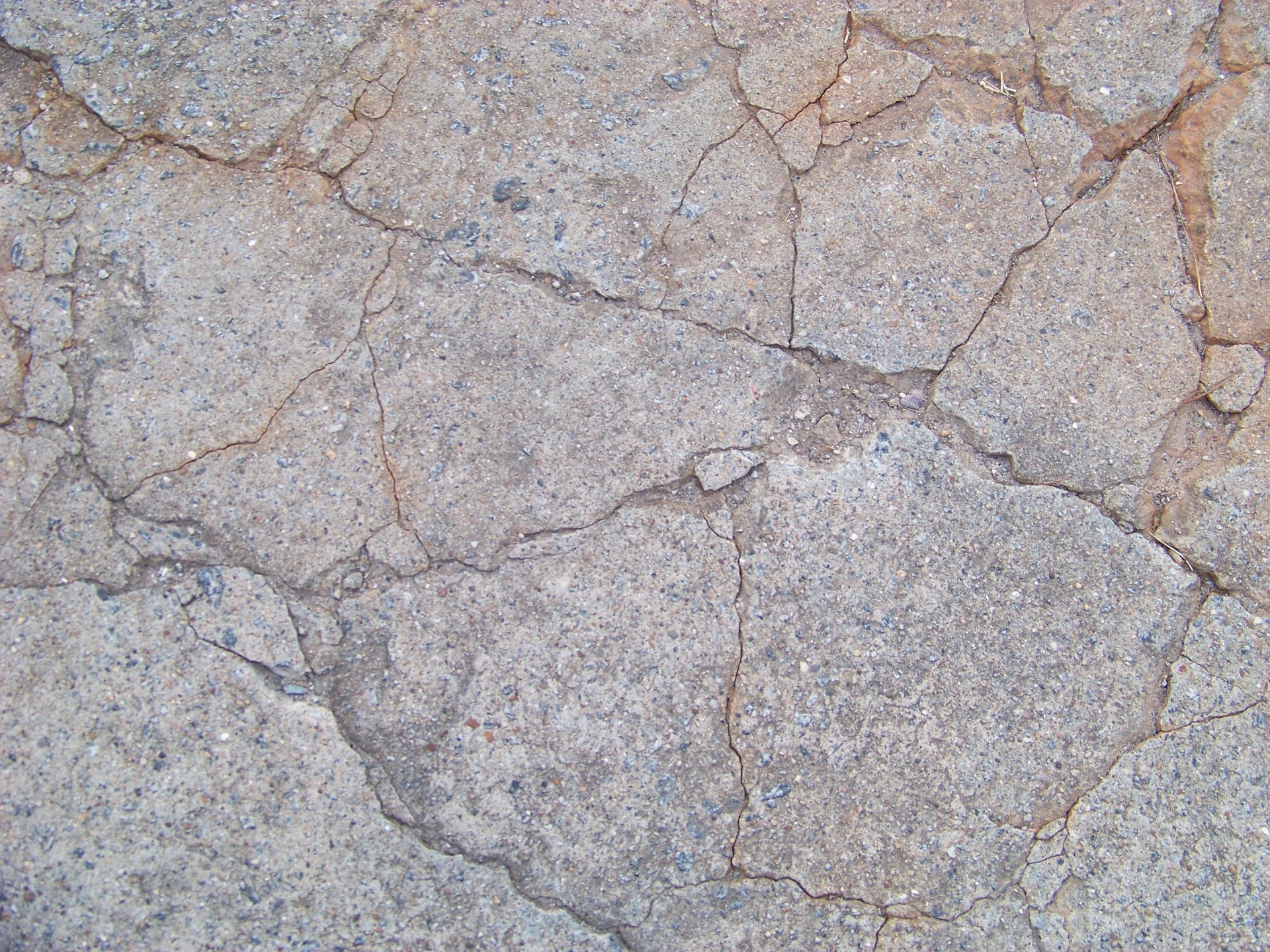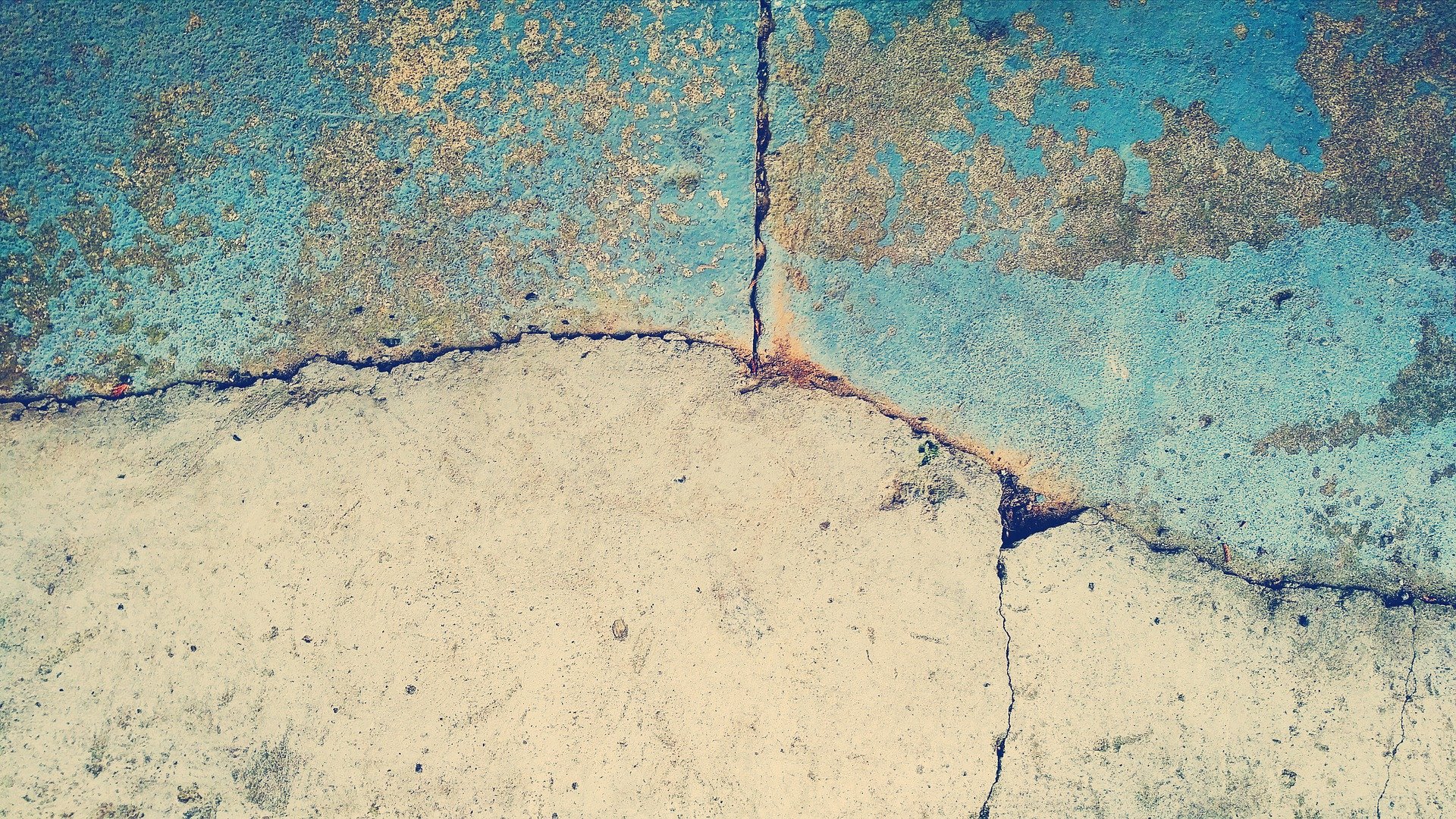Nowadays, concrete floors have become one of the most popular options among homeowners all over the world. Concrete flooring can offer various advantages in strength, rigidity, span, fire resistance, acoustics, maintenance, and longevity. If it is installed properly, it can be very durable, sustainable, and economical. However, it is important that concrete contractors go by legitimate guidelines with respect to concrete placement.

Concrete consists mainly of Portland cement, water, and aggregate. When these materials are combined together, they form a workable paste which then gradually hardens over time. It is the main construction material used considerably in buildings, bridges, roads, and dams.
Sometimes, some types of cracking in concrete can be natural and inevitable. These kinds of cracks normally do not compromise the strength of the floor. However, there are a few sorts of cracks that indicate a need for maintenance or that there may be a structural issue.
Now let’s see what factors can be involved in why concrete floors crack and how serious it can be:
Notably, concrete stands up very well under weighty loads but does not endure stretching or bending of any sort. In very hot weather a concrete slab, like anything else, will expand as it gets hotter, which can result in major stress on a slab. as a result, the concrete will push against any object in its path, which can be a brick wall or an adjacent slab of concrete. So if there are severe temperature changes, the concrete may crack as it expands. 
Sometimes an increase of cracking in the floor can be due to foundation issues. Unstable soil can cause movements beneath the slab. in the same way, a sudden increase of pressure beneath the foundation, caused by for example a heavy storm making the soil swell with water, can exert pressure upwards against a concrete foundation. However rarely, even the roots of a tree growing underneath a concrete floor can sometimes cause cracking.
Plastic shrinkage can be one of the most common reasons for early cracks in concrete. In the making process of the concrete itself, when it’s first poured, concrete is a liquid. After a few days pass, it hardens into a solid, shrinking as it does so. This initial shrinking often results in hairline cracking within the first few days of installation (Especially in hot weather.) in order to relieve tension. Plastic shrinkage can occur anywhere in a slab or wall, but the one place where it almost always happens is at re-entrant corners (corners that point into a slab.)
The ground movement brought on by freeze/thaw cycles is another considerable contributing factor. The frozen ground can lift for several inches, and then settle again when the ground thaws during cycles like this. If the slab is not free to shift with the soil, the slab cracks.
Contrarily, when a large-sized tree is removed from near a concrete slab the buried roots decompose. The ground then will crack due to the resulting gap causing the ground to settle. Subsidence is another term for settling, which is very common over trenches where utility lines and plumbing pipes are buried.
However strong concrete might be, putting excessive amounts of weight on top of a concrete slab can cause cracking. However, as far as compressive strength is concerned, residential concrete is rarely overloaded. This heavyweight isn’t actually too much for the concrete floor, but for the ground beneath it. The result of heavy rain, snowmelt or storm, is wet and soft ground below. Therefore, the excessive weight will press the concrete down further, which results in cracks.
Premature drying causes two different types

of concrete cracks.
The first one is Crazing cracks, which are not much of a structural concern and are very fine. Crazing cracks resemble spider webs or shattered glass. They occur when the top of a concrete slab loses moisture too quickly.
The second kind of premature drying is Crusting cracks, usually happening during the concrete stamping process. Crusting cracks are a way of adding texture or pattern to concrete surfaces. They usually occur on sunny or windy days when the top of the slab dries out sooner than the bottom.
Overall, it’s not always easy to determine exactly what caused a crack, in particular, However, proper site preparation and good concrete finishing practices can go a long way.
Get in touch with us now!
For more information fill the form below or Give us a call at (225)-313-7950 Now!
If this post was helpful to you, please leave us a 5star review. It would help us a lot. Thanks!